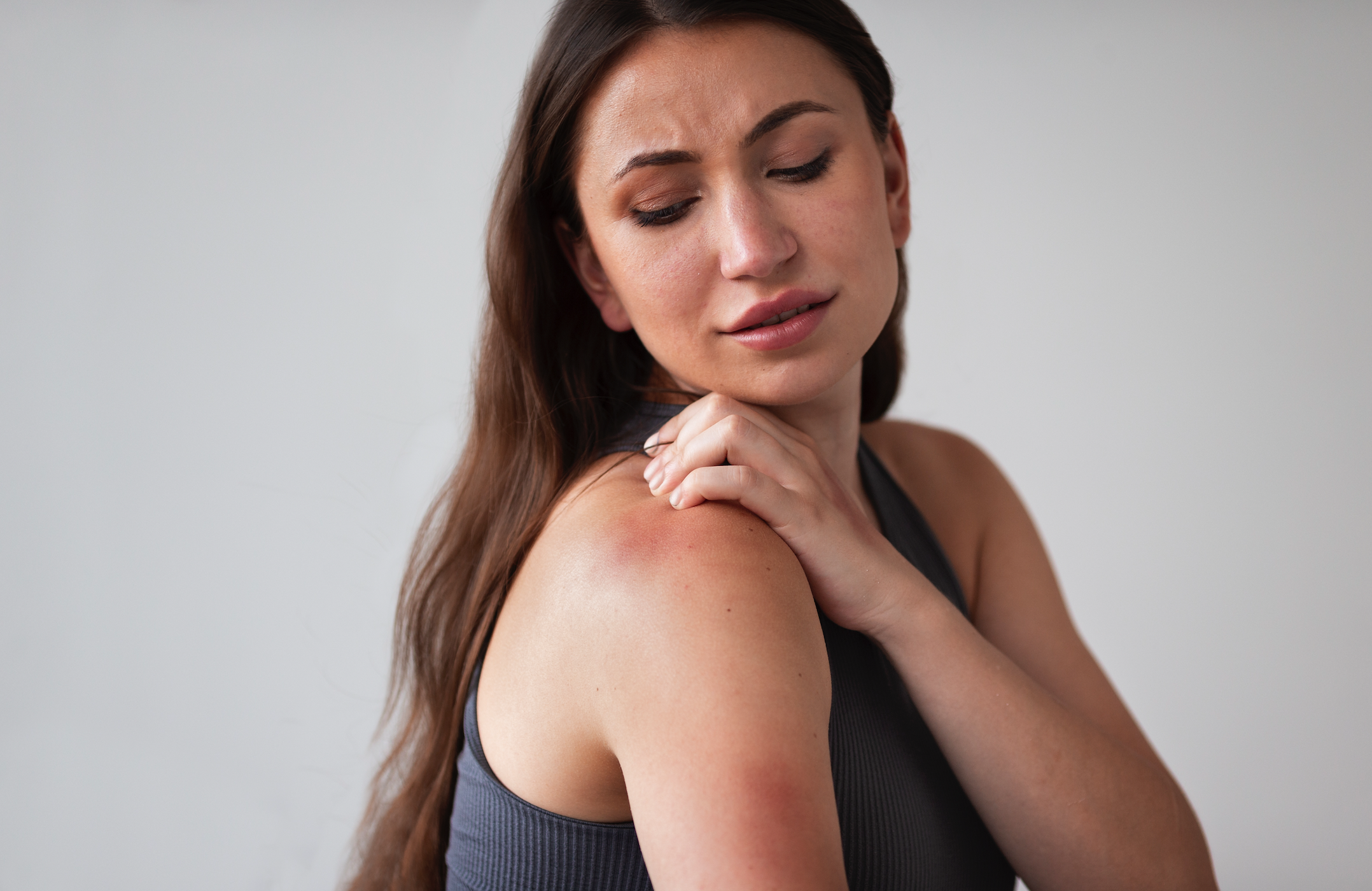Lupus is a chronic autoimmune disease that can affect various parts of the body, including the skin. One of the most common symptoms of lupus is a rash, which can range from mild to severe. Lupus rash typically appears on the face, neck, and scalp but can also affect other parts of the body, including the arms, legs, and torso. In this article, we’ll look at the different types of lupus rash, their symptoms, causes, and treatment options.
Types of Lupus Rash
Lupus rash can be divided into two main types: Discoid lupus erythematosus (DLE) rash and Systemic lupus erythematosus (SLE) rash. DLE rash is typically round or disc-shaped and appears on sun-exposed areas of the body. It can cause scarring and hair loss, and it often appears in people with longstanding lupus. SLE rash, on the other hand, is more severe and can affect various parts of the body. It often appears in the form of a butterfly-shaped rash on the face and is usually accompanied by other symptoms such as fever, joint pain, and fatigue.
Symptoms
The symptoms of lupus rash depend on the type and severity of the rash. DLE rash usually appears as red, scaly patches that are slightly raised above the skin’s surface. These patches can be itchy and painful and may leave scars. SLE rash, on the other hand, often appears as a red rash with raised, scaly patches. It can also cause fever, joint pain, and fatigue. In severe cases, SLE rash can lead to organ damage, such as kidney failure.
Causes
The exact cause of lupus rash is not known, but it is believed to be related to an overactive immune system. In people with lupus, the immune system mistakenly attacks the body’s healthy cells and tissues, including the skin. Lupus rash can be triggered or worsened by exposure to sunlight, certain medications, infections, and stress.
Treatment
The treatment of lupus rash depends on the type and severity of the rash. Mild cases of DLE rash can be treated with topical creams and ointments, such as corticosteroids and antimalarials. More severe cases may require systemic treatment, such as oral medication or injections. SLE rash is usually treated with systemic treatment, such as corticosteroids, immunosuppressants, and biologic agents.
Prevention
Preventing lupus rash involves several steps, including avoiding exposure to sunlight, using sunscreen regularly, wearing protective clothing, and avoiding triggers such as certain medications and stress. It is also important to seek prompt medical attention if you notice any symptoms of lupus rash, as early diagnosis and treatment can help prevent further damage to the skin and other organs.
Lupus rash can be a challenging symptom of the autoimmune disease lupus. However, understanding the types, symptoms, causes, and treatments of lupus rash can help individuals living with lupus better manage their symptoms and prevent further complications. If you notice any symptoms of lupus rash, it is important to seek medical attention right away to receive prompt diagnosis and treatment. By working with your healthcare provider, you can develop a treatment plan that meets your unique needs and helps you live a healthier, more comfortable life with lupus.

